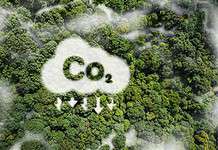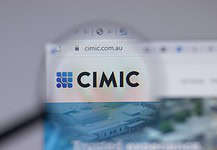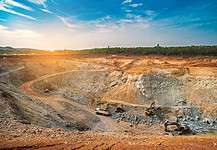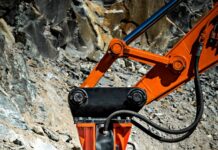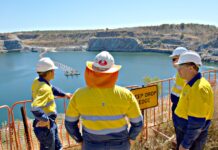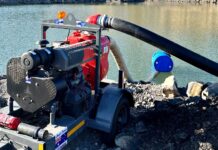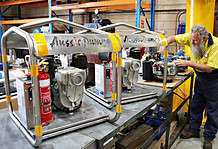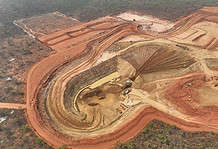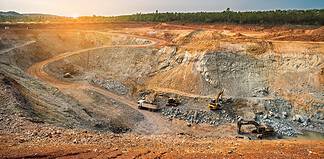FOR almost 40 years, Mount Thorley Warkworth has been producing coal just out of Singleton in the Hunter Valley region of NSW.
The two open cut mines – Mount Thorley (Yancoal and POSCO, 80:20 respectively) and Warkworth (Yancoal, Nippon Steel and Mitsubishi Materials, 84.5:9.5:6 respectively) – operate side-by-side and use dragline truck and shovel methods to produce medium and high-ash thermal coal and semi-soft coking coal for export.
Yancoal is a Chinese state-owned organisation, and is also Australia’s largest pure-coal producer.
The organisation operates five mines and manages five others across NSW, Queensland and WA, with a 50pc share in the Middlemount JV.
2018 was Yancoal’s first full year of attributable production from Mount Thorley Warkworth, following the 2017 acquisition, with the dual operation producing 17.6mt of ROM coal, 12.1mt saleable coal and had an estimated 315mt total recoverable reserves at April 2019.
At the end of Q2, the mine had produced 9.1mt of ROM coal, up 7pc from 8.5 in Q2 2018, however saleable coal had only increased from 6mt to 6.1 for the same period.
For the quarter, Mt Thorley Warkworth produced 4.5mt of ROM coal, up 7pc from Q2 2018, and 3mt of saleable coal, similar to the results of Q2 2018.
The company said that it had identified coal that could support expansion into an underground operation.
“The initial concept has a potential production output of 6mtpa of ROM coal,” it said.
“Studies are underway that underpin a pre-feasibility study due to be submitted to the board for review in the first quarter of 2020.”
Yancoal chief executive Reinhold Schmidt said that it was an exciting time for the mine.
“Importantly, we are making positive progress regarding the potential development of a proposed 6mt per annum underground mine at Mount Thorley Warkworth, with exploration drilling for the prefeasibility on the target seams completed at the end of 2018,” he said.
Thermal coal price pressure
The trade wars have not spared Yancoal, reflected in the lower thermal coal sales for the period.
China, as well as Japan and Korea, are key markets for Yancoal’s thermal coal.
But while the price volatility due to Chinese import restrictions looked likely to be a persistent feature of the 2019 coal market, Mr Schmidt remained confident that market fundamentals would remain positive.
“Market conditions affected the realised price we were able to achieve in the second quarter, but the team continues to secure offtake for the saleable product,” he said.
“At the halfway point for the year, Yancoal remains on target for the 2019 operational goals.
“The annualised attributable saleable coal volume is 35.6mt compared to the target of about 35mt.”
Opposition mounting
Coal mining is suffering from increasingly bad publicity in NSW, and the Hunter Valley region has been met with continued opposition from environmental groups.
Organisations such as Lock the Gate and Hunter Renewal say that the Hunter Valley must transition away from coal before the world does if the region is to survive.
In its report, Lock the Gate slammed the proposed 11 new mines and mine extension programs which it says would threaten NSW’s strategic farmland and water resources.
“Taken together, 11 new coal projects threaten farmland, bushland and water supply in NSW. Together they would extract more new coal than Adani’s controversial Carmichael coal mine in central Queensland,” the report said.
And the outcomes of a compliance blitz by the NSW resources regulator has put the mine on its toes after an inspection recognised ongoing delays in the progression of rehabilitation areas, limited records to address risks to rehabilitation, and limited documented measures of actions to improve progressive rehabilitation performance.
Lock the Gate Alliance spokesperson Georgina Woods said it was unacceptable for the miner to be failing on its rehabilitation and environmental management.
“This is especially true at a time when there is mounting concern about what legacy the mining industry is going to leave the people of this valley,” she said.
“When rehabilitation falls behind or is done poorly, it leads to an increase in air pollution and leaves future generations with the burden of cleaning up the mining companies’ mess.”


